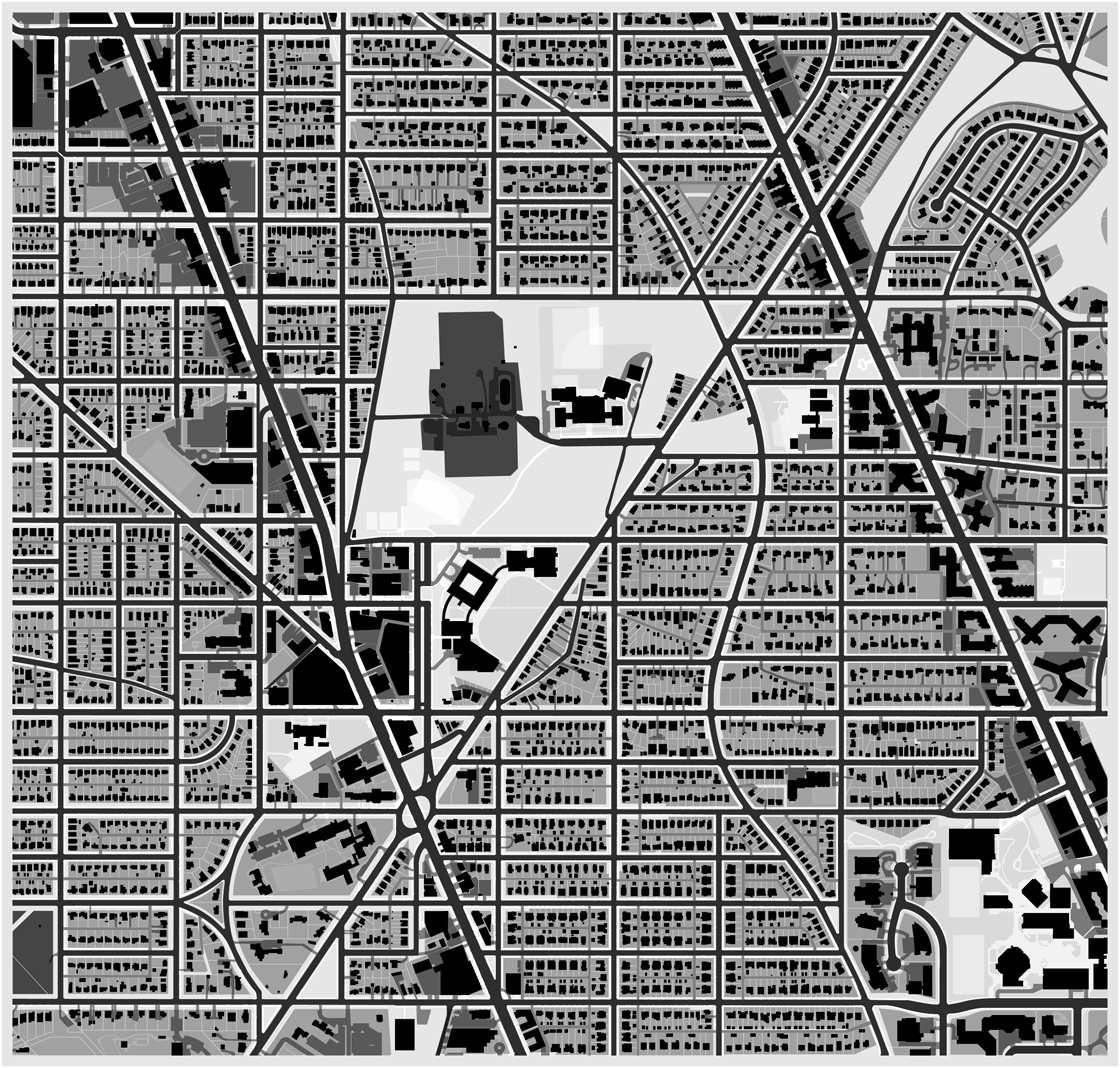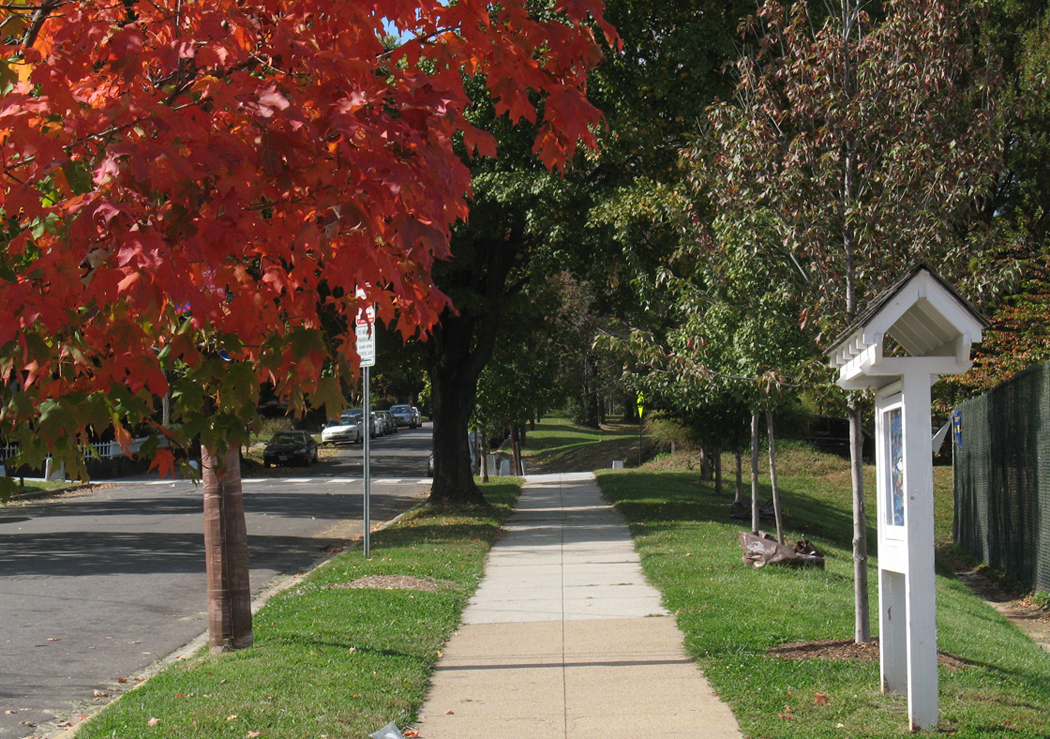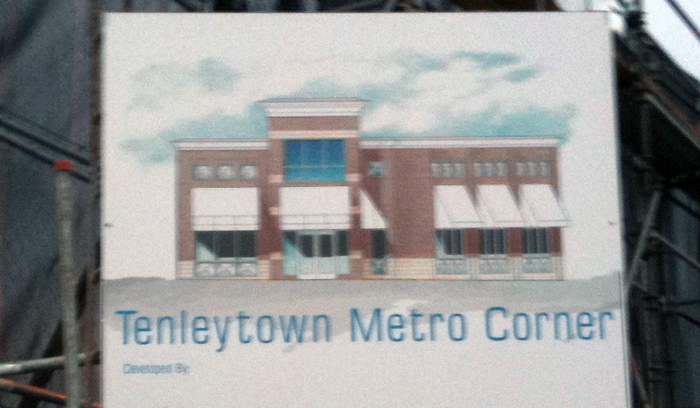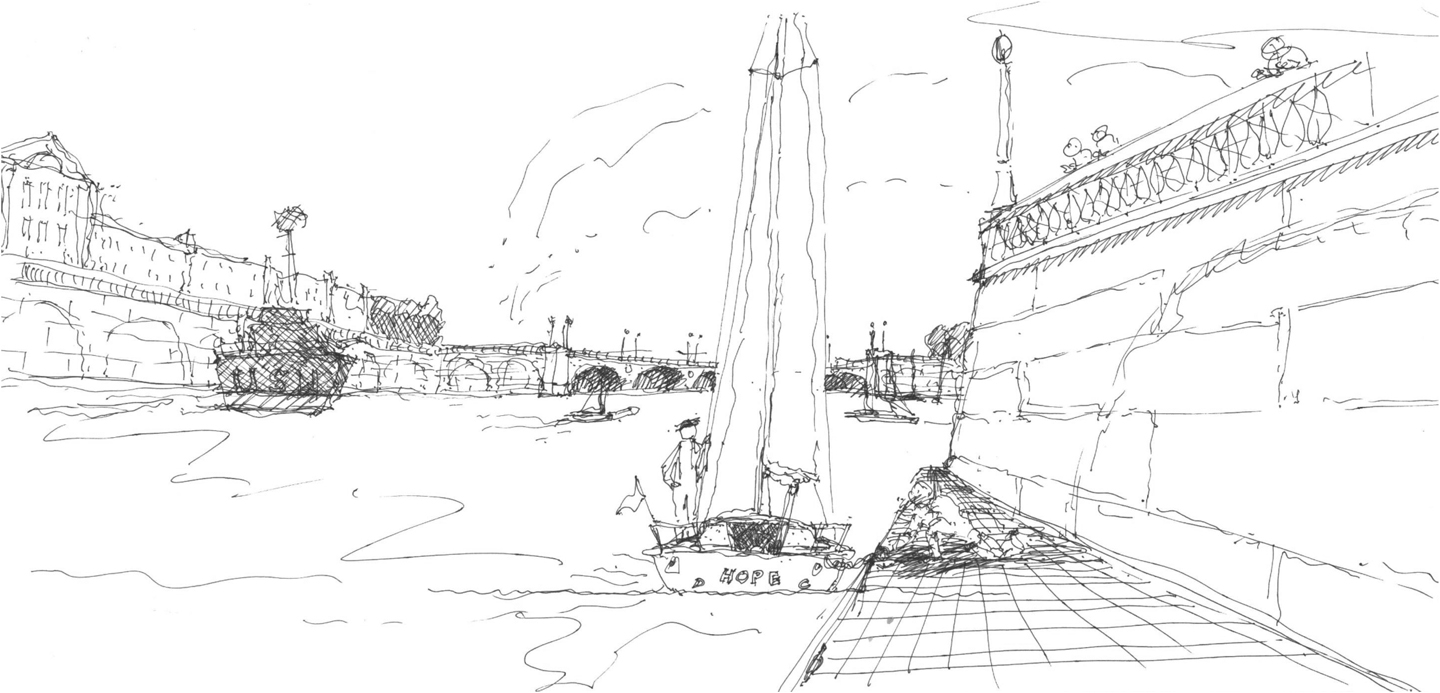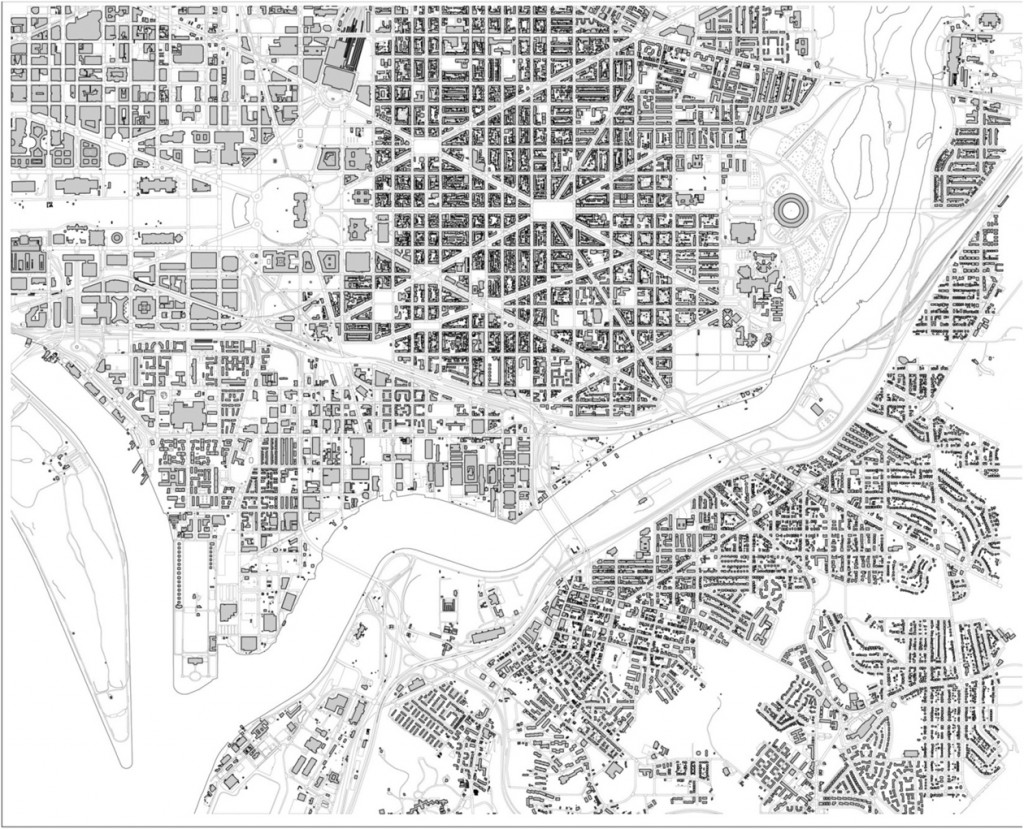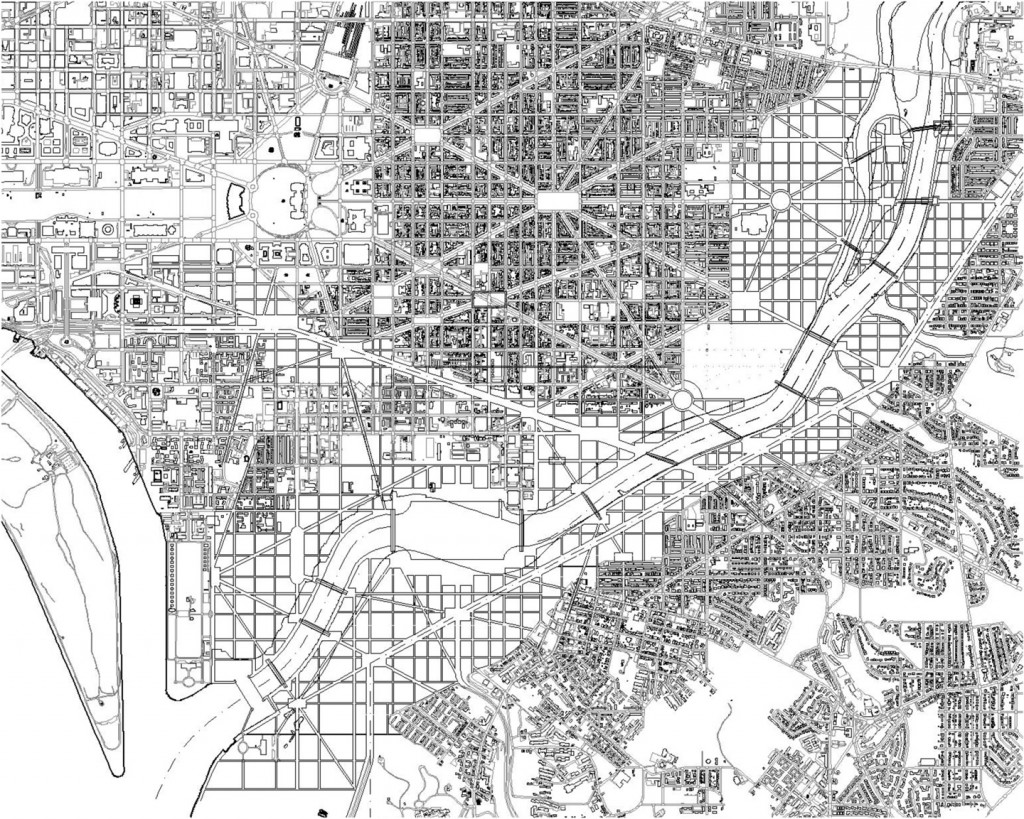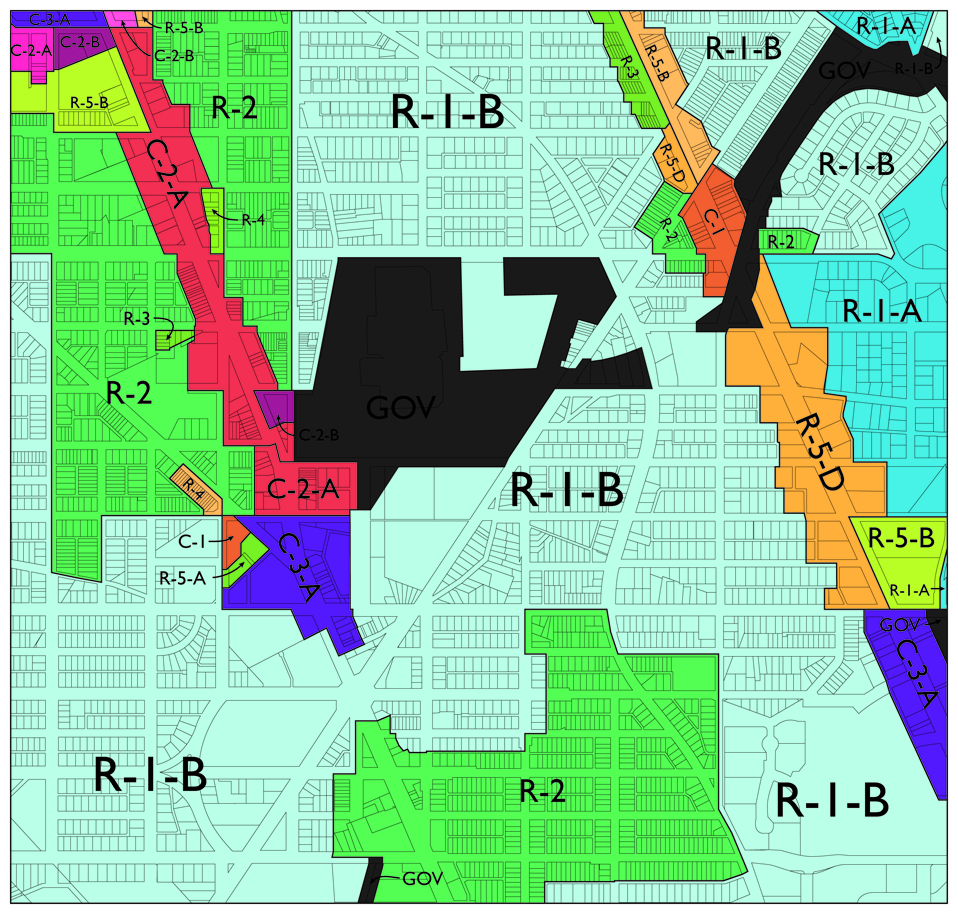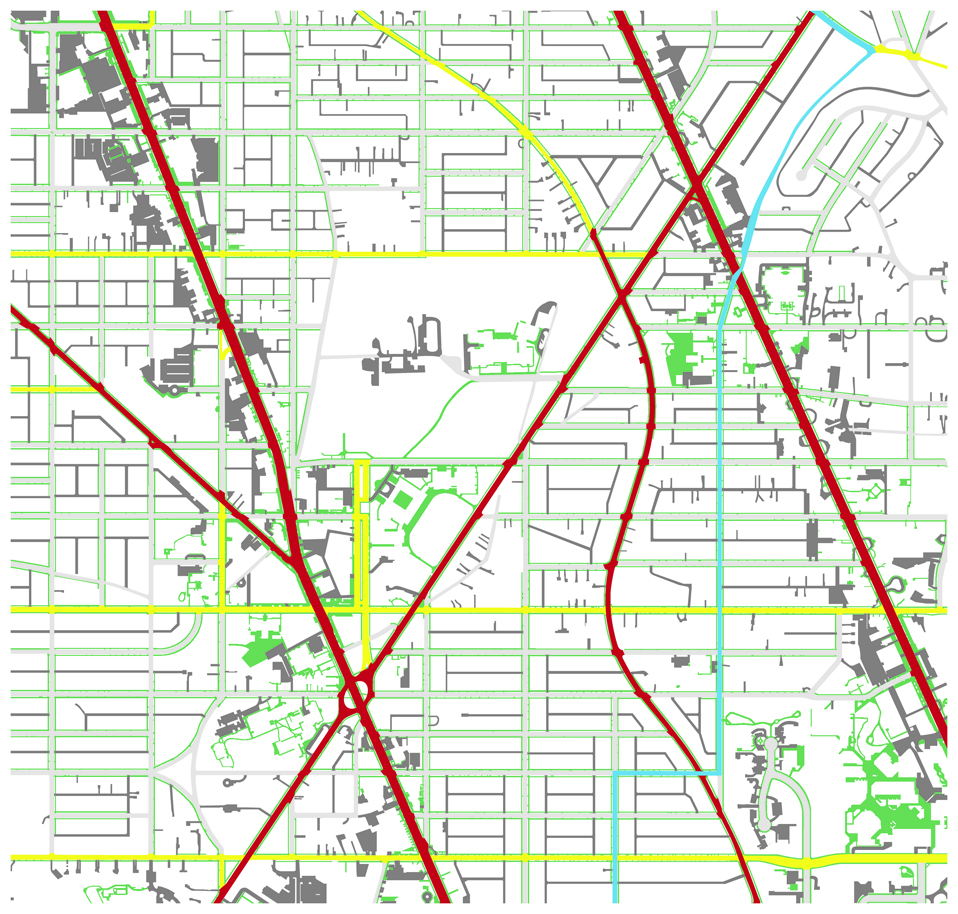Last week, I published the McMillan Two concept, after hearing about it on the
Kojo Nnamdi show and interviewing the designer,
Nir Buras. I’ve been pretty excited by the dialogue –
the post of GGW received 88 comments and several thousand views. Others have jumped in.
First was the excellent constructive criticism by Alex Block. But he outdid himself with another article arguing for an ecologically balanced solution, which built on a post by…
…Mammoth, who delivered a strident critique of the more Eurocentric and anti-wetland flaws in the proposal. I commented on the article, and the exchanges between me, J.D. Hammond, and Rob Holmes are all good dialogue. The example of the Port Lands project in Toronto is worth examining in depth.
Straßgefühl, the only other blog whose name rivals mine, offers a counter-proposal based on the Sumidagawa river in Tokyo. The post opens up a new direction of thought, but it’s marred by insisting that Buras would be building a pseudo-historical development, since the proposal has no pretensions of history.
Obviously there was the news coverage too. BDC offered his thoughts, Ryan Avent jumped in with a skeptical but enthusiastic reception, JDLand noted that the plan exists, and DCist had its usual commentary.
If you’re still thirsty for information, you can look at the earlier reactions: City Block’s initial thoughts and then a look at precedents. Straßgefühl kinda-sorta liked it before; and Spencer Lepler was generally ok as well.
But it is great to see this kind of dialogue happening. The issues of nature, tradition, environment, autonomy, and culture have a lot of intersections not yet explored. The only thing everyone agreed on: tear down the highways. Interesting, no?
Bonus: Here’s an in depth article about Buras from Las Vegas Weekly. Read it!
